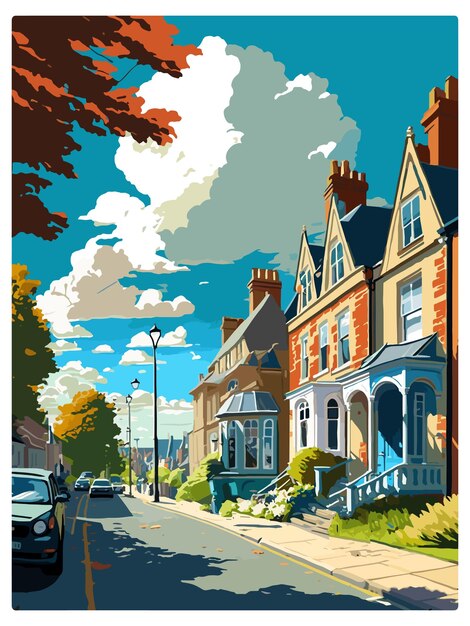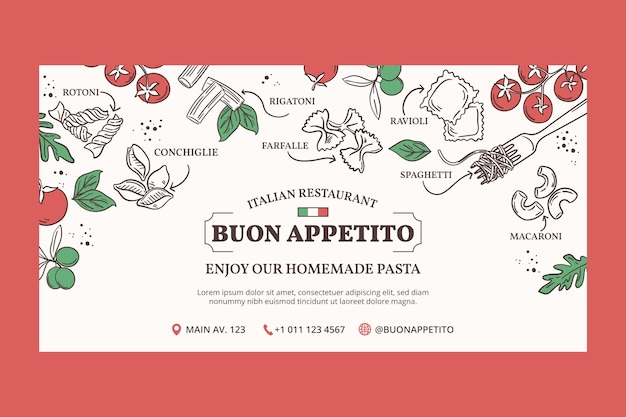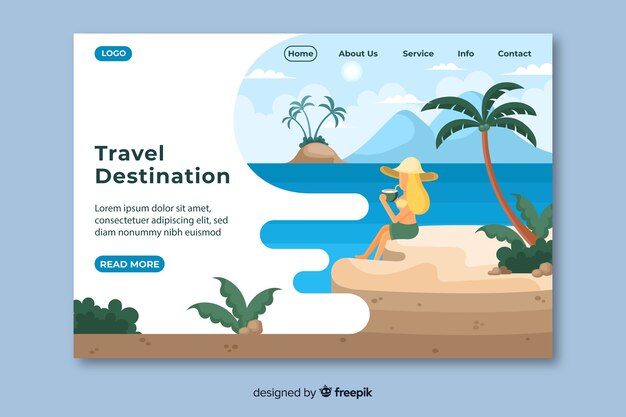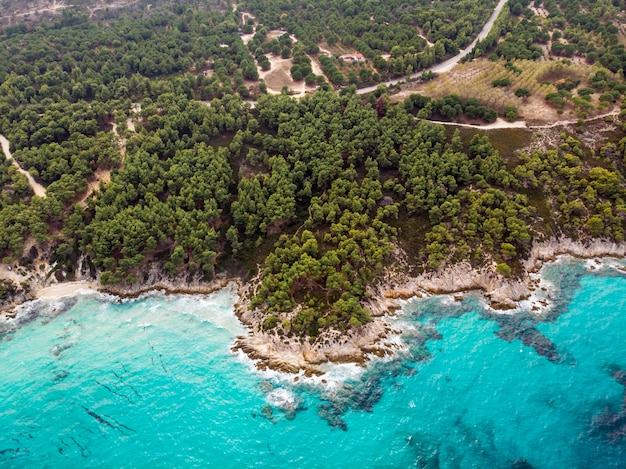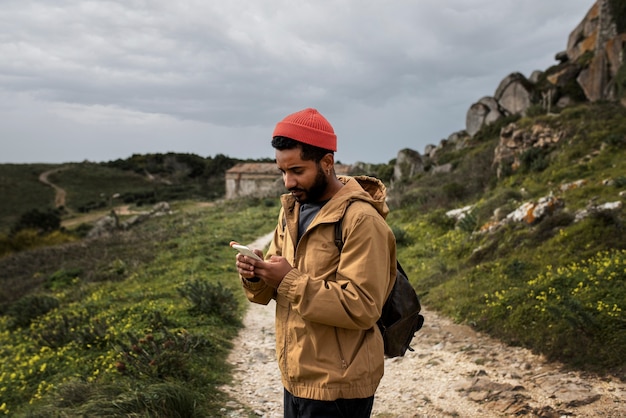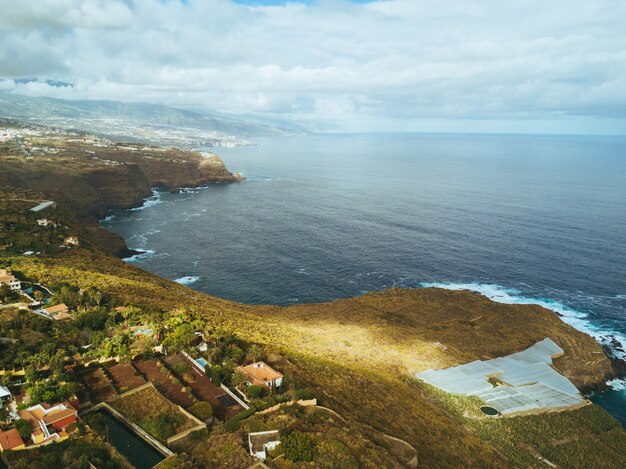
We woke up to bright sunshine and clear blue skies at Refuge Col de Balme, and the challenges of the previous day, including our tiring walk and the encounter with a herd of sharp-horned mountain cattle, were almost forgotten. Instead of following the route to Trient as suggested by our TMB guidebook, both the Monsieur from the Refuge and other walkers strongly recommended a slightly different path to Col de la Forclaz, which they assured us would be shorter and easier. We skirted around the edge of the mountain, maintaining our altitude, with views of Trient’s rooftops in the valley below.
After a couple of hours, we rounded a bend and saw the Glacier du Trient ahead of us, hanging above the valley. From there, the path descended past another small refuge where the Swiss flag was flying, confirming that we had crossed into Switzerland.
It was tempting to relax in the sun or buy a drink on the terrace, but we decided to wait until we reached the valley, knowing we had a long walk ahead to Champex. We zig-zagged downhill through the forest beneath a cliff where chains were attached to the rock to help us descend safely. We could hear the rushing water from the river at the valley bottom and saw a cafe beside the river, which we assumed was the hotel at Col de la Forclaz.
After walking for three hours, I became suspicious when I couldn’t see the road marked on the map. Upon reaching the river and consulting the map again, I realized we were at Chalet du Glacier, with a sign indicating another 50 minutes to Col de la Forclaz.
My friend Julia was struggling with the altitude, so we collapsed in the shade by the cafe with a cool drink to assess our options. It was nearly 2 pm, and we realized that walking another five hours to Champex was impossible. Our best option was to reach Champex by public transport. After a picnic lunch, we set off towards Col de la Forclaz along a flat path, passing Sunday afternoon walkers heading to the picnic spot we had just left.
At the bar beside the busy main road at Col de la Forclaz, we checked the bus timetable and found that the next bus to the Martigny rail station wouldn’t pass until 6 pm, which was too late for our connections to Champex. We inquired at the hotel but were told a taxi to Martigny would cost 75 Swiss Francs, so we decided to hitch a ride.
Hitchhiking was a new experience for me, but Julia was experienced from her student days. We stood at the edge of the car park, with Julia confidently sticking out her thumb at passing cars while I tried to blend into the background. Within minutes, a Frenchman with his two teenage daughters pulled over. Julia asked if he could give us a lift to Martigny, and though he seemed surprised, he agreed. We chatted amiably with him and his daughters about their visits to the area and his time in Norwich as a student.
After being dropped at Martigny station, we joined the efficient Swiss transport system and, after two changes by train and bus, reached Champex Lac at 7 pm. It was probably not much earlier than if we had walked, but we were much more relaxed. It was a relief to arrive at Chalet Bon Abri, where we saw a tipi in the flower-filled garden and campers playing table tennis. Inside, the chalet felt modern and stylish, with a dining room and bar at the front and a reception around the back where we could take off our rucksacks and boots. We put on the provided plastic clogs and left our boots in the basement. Madame showed us to our dorm room with cheerful red-checked duvets. As dinner was about to be served, we went down for homemade soup and chicken in a wine sauce while we examined the map and planned next year’s leg to continue the Tour de Mont Blanc to Courmayeur.
The next morning, we took a short walk around the lake at Champex and relaxed in a cafe until it was time to take the bus and train back to Chamonix, where we had started three days before. This small resort town was much tamer than the high mountain paths we had been on, with most visitors appearing to be retirees enjoying the mountain air without strenuous exertion.
The lesson we learned was that next year, each day’s walk would need to be shorter, with plenty of time for resting our legs and admiring the mountain scenery. Despite the efficiency of the public transport system, we much preferred being high in the mountains with views of glaciers and toy-town villages in the valley, pretending we were real Tour de Mont Blanc walkers.
